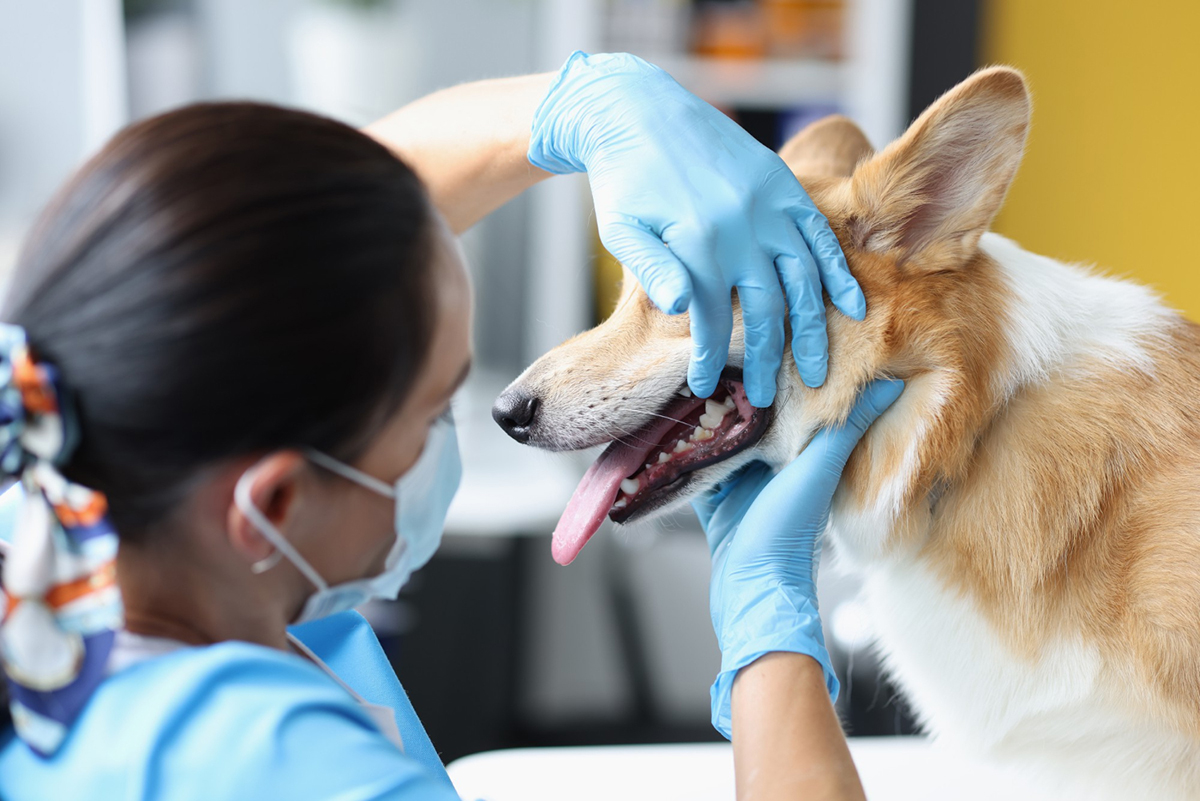

As pet owners, we always want to keep our furry friends healthy and happy. But did you know that dental disease is just as common in pets as it is in humans? Unfortunately, many pet owners overlook the importance of dental care, leaving their pets susceptible to painful and costly conditions. In this blog post, we'll discuss everything you need to know about pet dental disease and how you can prevent it.
Pet dental disease is a common condition that affects dogs and cats of all ages. It's caused by bacteria in the mouth that leads to plaque and tartar buildup on the teeth, which can eventually lead to gum disease, tooth decay, and even tooth loss. Signs of pet dental disease include bad breath, yellow or brown buildup on the teeth, red or swollen gums, and difficulty eating or chewing. If left untreated, it can lead to serious health problems, such as kidney disease, liver disease, and heart disease.
The best way to prevent pet dental disease is through regular dental care. This includes brushing your pet's teeth daily, providing dental chews or toys, and scheduling regular dental cleanings with your veterinarian. By keeping your pet's teeth clean and healthy, you can prevent the bacteria from causing any damage. Additionally, a healthy diet can also help prevent dental disease. Feeding your pet a high-quality, nutrient-rich diet can strengthen their teeth and gums and reduce the risk of developing dental problems.
While brushing your pet's teeth may seem daunting, it's an essential part of their dental care routine. Here are some tips for making the process easier:
In addition to at-home care, your pet should also receive regular dental cleanings at the vet. During a cleaning, your vet will remove any plaque and tartar buildup, check for any signs of dental disease, and take measures to prevent it from progressing. Depending on your pet's oral health, your vet may recommend dental cleanings every 6-12 months.
If you notice any signs of dental disease in your pet, it's important to seek veterinary care right away. Your vet can assess the severity of the disease and recommend a treatment plan, which may include dental cleanings, extractions, or other procedures. Early detection and treatment can help prevent the disease from progressing and keep your pet healthy and happy.
Dental disease is a serious and common condition among pets, but with proper care and attention, it can be prevented. By understanding the signs of dental disease, practicing good at-home dental care, and scheduling regular dental cleanings with your vet, you can ensure that your pet has a healthy and happy smile. Remember, a healthy mouth equals a healthy body! If you're interested in learning more about mobile pet grooming in Columbus, OH, contact Emi Pet today.